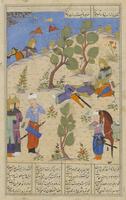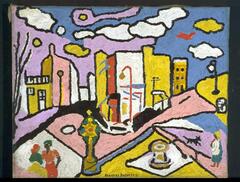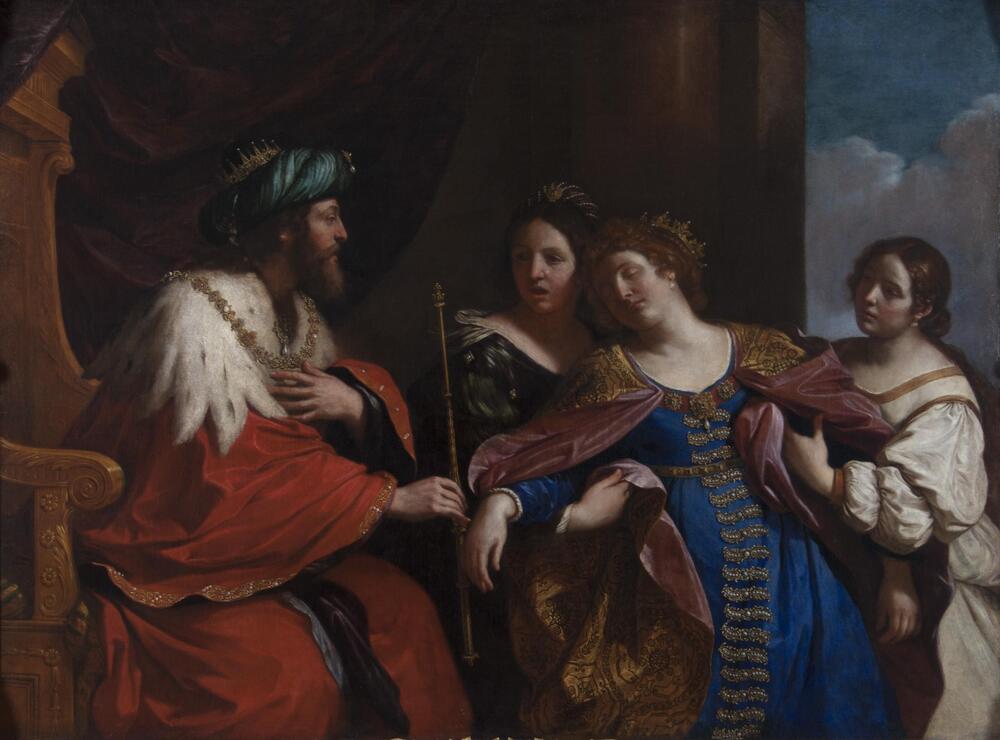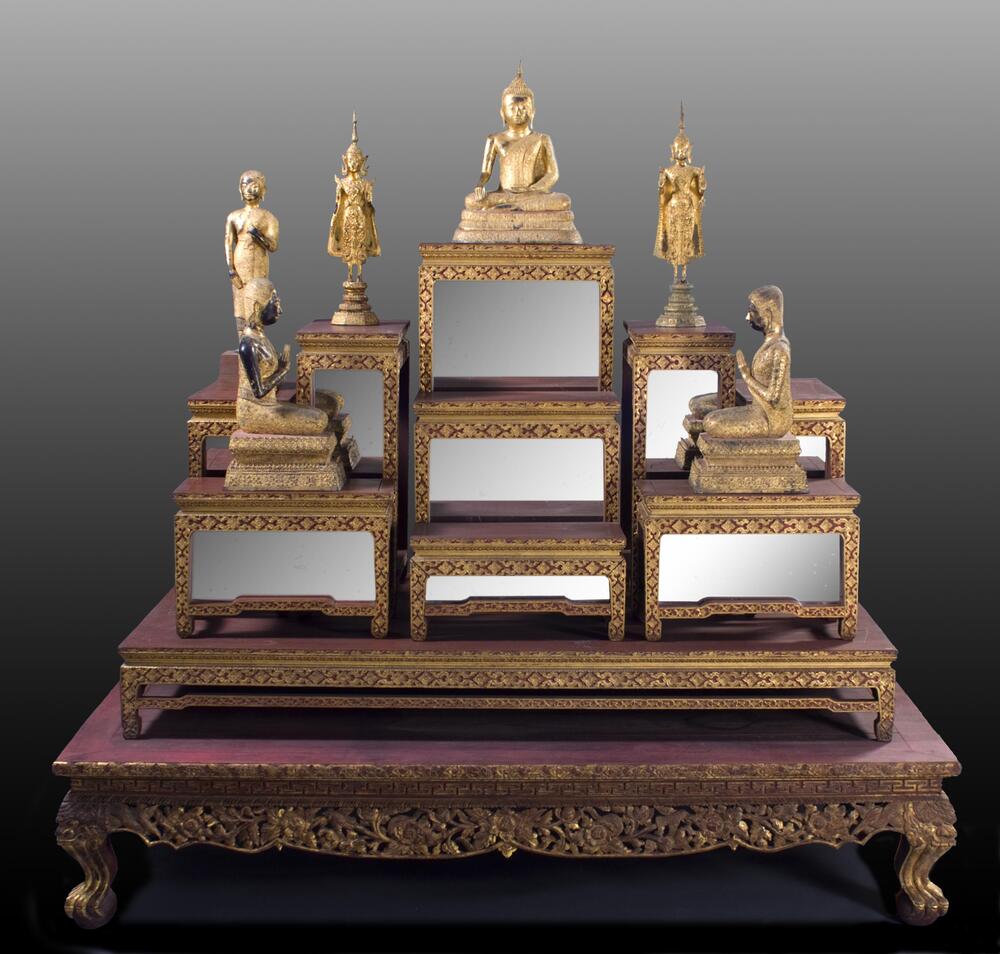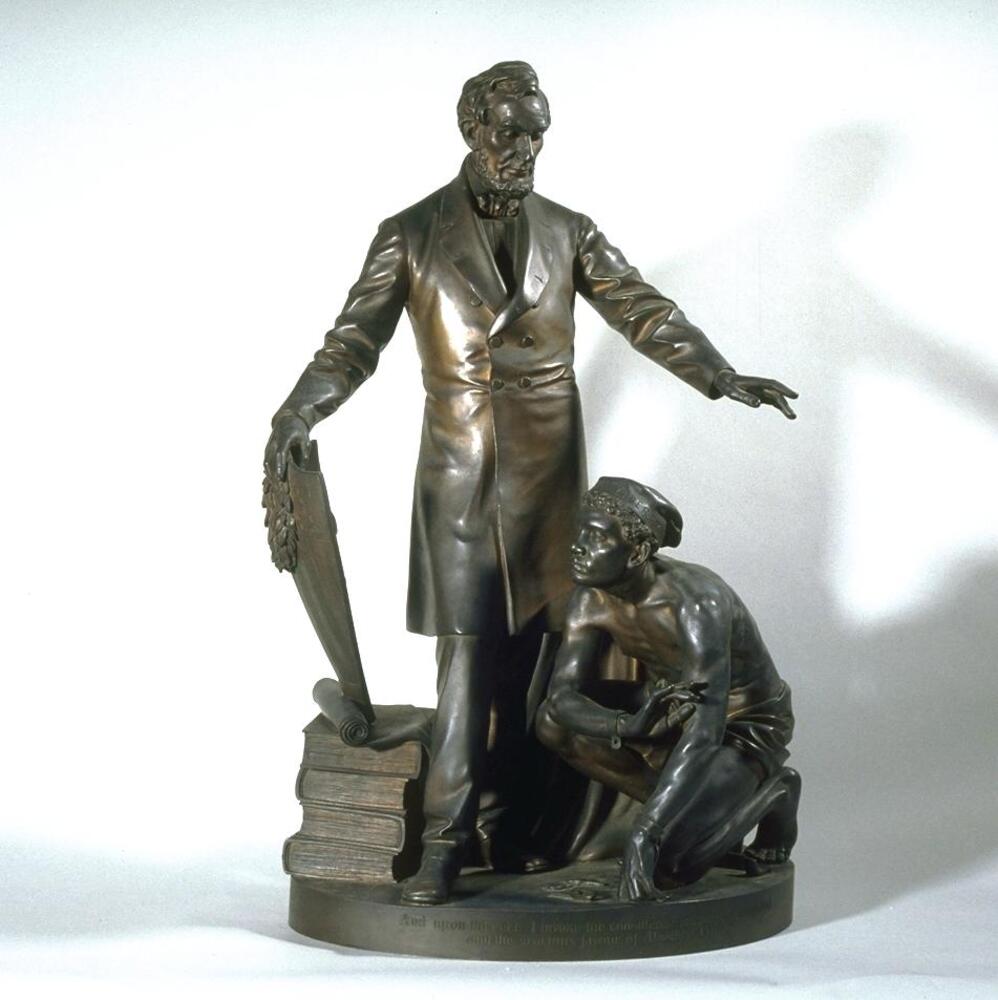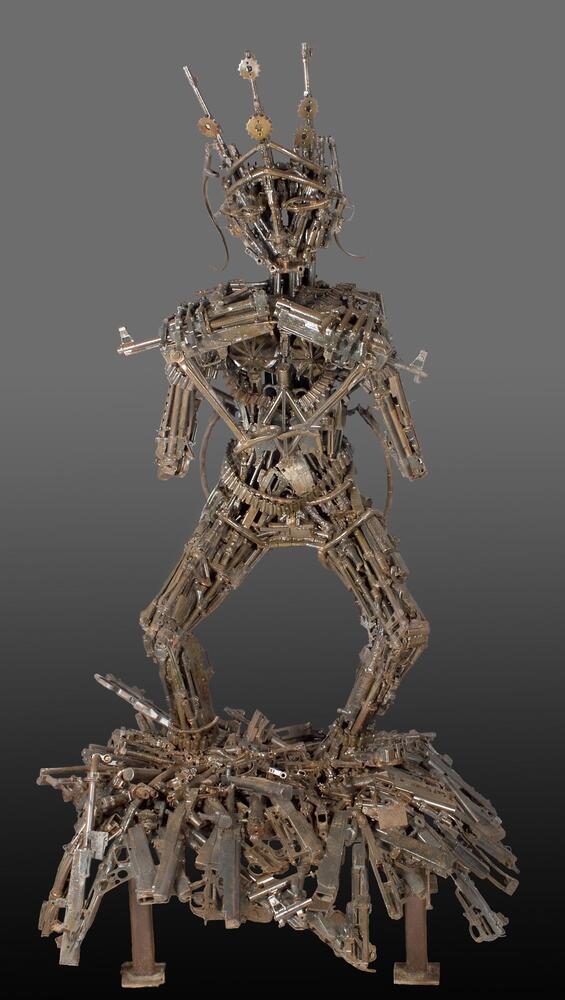First Grade: Cooperation Central, Getting Along
Docent Curricular Tour
Discussion: In this lesson, students learn ways to get along in school. In an Experiential Exercise, they play a game in which they work together to draw a picture. They discover the value of cooperating to complete a task. Then students read about four ways they can practice getting along in school.
Social Studies Concept: 1.C5..0.1: Describe some responsibilities students have at home and school.
Art Concept: Students will recognize, analyze and describe connections among the arts; between the arts and other disciplines; between the arts and every day life.
Engagement Strategies:
Art can help you see things in different ways.
It takes a big, cooperative group to make some art.
Art can tell you a story, one in which you can explore how you feel.
Can you remember a time when someone was mean to you? How did you feel? How about when someone was nice to you? How did you feel? Maybe when you were mean? How did that make you feel? or when you were nice to someone else?
Stop 1: Esther Before Ahasuerus, Guercino, 1639, Randazzo Gallery
Rationale for selection: making a large painting takes cooperation
The painter, in the medieval and renaissance periods, was perceived as a tradesman; someone who belonged to a guild, and operated a "shop" (so to speak); and was contracted to provide a service...just as, say, a carpenter would be. The client typically would dictate the theme, subject matter, and frequently the details of the work to be done. There was no expectation, in that time, that the painter who was contracted would do all the work himself. That's what assistants and apprentices were for. The master painter himself would typically concern himself with telling details, such as the faces of portrait figures (especially those of the patrons, one would presume) and technically difficult areas of the work.
· Large scale, dramatic historical painting reflecting power/compassion
· Many visual elements for students to discuss- how artist makes us feel the tension and fear
· Example of Heroine, Hero and Villain
Talking Points
· What do you see in painting? Look at gesture, facial expressions, clothing, jewels
· The Characters:
o Esther as heroine trying to save her people,
o Wicked Haman (Haman the Evil),
o King as powerful- able to grant her wish and be compassionate or side with Haman and be destructive.
· Imagine the conversation between Esther and the King.
· Possible discussion about who is the children’s favorite hero or heroine- could be famous person or someone you know. Why is that person your heroine or hero?
Stop 2: Thai Buddhist Altar
Rationale:
- Demonstrates that kindness, compassion, caring about others overcomes “evil” in form of Mara.
- Putting others above self brings peace and calm. Altar in homes creates opportunity to be reflective and consider ways to be kind to others on regular basis.
- Dramatic, Colorful, students impressed with size and details.
Props: PBS The Story of Buddha - too long for a tour, but a good teacher resource
Talking Points:
- Look at facial expressions - how do they look? Compare with other Buddhas in cases along the wall. Discuss
- Tell story of Siddartha
- Do you remember a time when you had a problem and overcame it?
- When you feel stressed, how do you cope? Maybe you listen to music, read, play sports, or talk with family and friends. Some people think that being quiet every day, stopping to meditate, keeps them calm and happy.
- Perhaps provide a brief meditation opportunity
- Talk about mudras / compare with well-known gestures, students demo mudras and lotus position - importance of lotus.
Stop 3: Emancipation Group / open storage
Rationale:
· Slavery as bullying an entire group of other people
· Lead to war with thousands of lives lost-killing of neighbors and sometimes friends and family
Talking Points:
- What do you see when you look at this sculpture? Who might these people be?
- What has the artist conveyed about Lincoln based on his facial expressions, hand gesture? The slave?
- What do you notice about the way the artist/ sculptor has positioned Lincoln and the slave. Why do you think he did this? What if their positions were reversed?
- Have students imagine a conversation between Lincoln and the slave. Maybe have them do a “pair and share” in which one person is Lincoln and the other the Slave. Have the slaves share what they thought/said, then the Lincolns.
- Perhaps imagine a headline about emancipation.
- Stop 4: Apsara Warrior, Ouk Chim Vichet, stairwell to Contemp /Modern
- Rationale:
- Irony of materials used - guns representing celestial dancers of peace and harmony
- Difference in this sculpture and Nydia (marble) and Lincoln (cast bronze)
- Very contemporary piece vs. Esther, Charity
- Props: iPad map of Cambodia / photo of artist welding
- Talking Points:
-
- Ask what this is made of. Why would a group of people have so many guns?
- Briefly introduce Cambodian war (1975-79).
- Use wooden figurine of Apsara Dancer to explain what Apsaras are.
- Irony of guns as a peace symbol
- Dialogue or writing-Can this be both a symbol of peace and destruction? How?
- Write questions for the artist
- Write about what you would use to symbolize war and peace; what would you use to make your Apsara Warrior and what would you call it?
- Compare to other sculptures seen.
- Discuss materials and methods of construction- welding
- Compare to Esther- painting from hundreds of years to contemporary.
- Compare Esther to celestial dancers and Haman to Pol Pot
Stop 5: Nydia, the Blind Girl of Pompeii, Randolph Rogers, 1861
Rationale:
- Heroine vs. Hero
- Example of how artists express a story through sculpture
Props:
- Story of volcano: pop-up book, pictures of ash
- slab of marble: texture, temperature, difficulty of carving
Talking Points:
- Legend of Nydia blind slave and Glaucus her owner- with whom she falls in love
- Example of person who in spite of blindness was able to save others- how did her blindness enable her to do this? How do we feel about people who may be different from us- maybe dress differently or have customs unlike ours or may be differently- abled?
- Example of someone treated terribly but overcomes this to save Glaucus
- Imagine story about the eruption, what was happening, sounds, sights, how Nydia saved Glaucus and his friend.
Part of 1 Learning Collection
<p>Docent Curricular Tour</p>
Rate this Resource
AVG: 0 | Ratings: 0
& Author Notes
Creative Commons by-nc-saLast Updated
April 25, 2017 11:45 a.m.Report
Reporting Policy

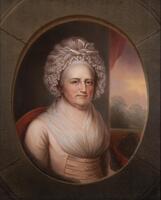
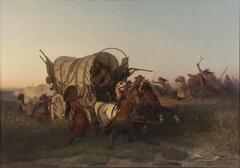
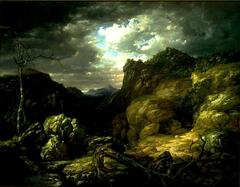
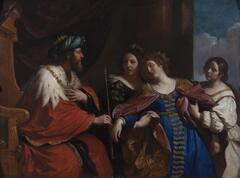

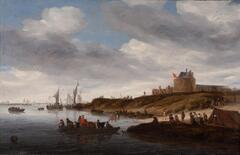

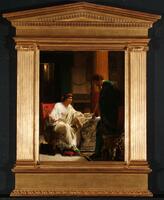
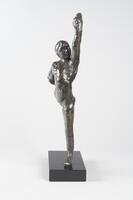
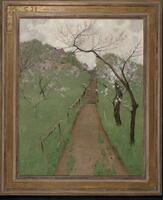
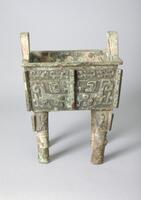
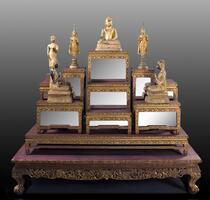
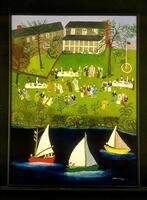
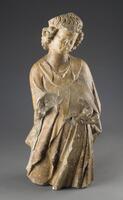
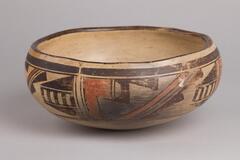
![<p>This celadon bowl is decorated with mold-impressed designs, which was one of popular type of dishes in 11th and 12th centuries. On its inner walls are lotus scroll designs, and on its inner base is what is presumed to be a lotus flower design. Glaze has been applied all the way down to the rim of the foot, which retains traces of silica supports in three places. The yellow-green glaze is evenly spread on the surface, while the clay is of specially selected high quality, producing a smooth surface.<br />
[<em>Korean Collection, University of Michigan Museum of Art</em> (2014) p.111]</p>
<br />
shallow lobed bowl with molded lotus design on wall, 6 lobes, very small foot, high quality, need cleaning <p>This celadon bowl is decorated with mold-impressed designs, which was one of popular type of dishes in 11th and 12th centuries. On its inner walls are lotus scroll designs, and on its inner base is what is presumed to be a lotus flower design. Glaze has been applied all the way down to the rim of the foot, which retains traces of silica supports in three places. The yellow-green glaze is evenly spread on the surface, while the clay is of specially selected high quality, producing a smooth surface.<br />
[<em>Korean Collection, University of Michigan Museum of Art</em> (2014) p.111]</p>
<br />
shallow lobed bowl with molded lotus design on wall, 6 lobes, very small foot, high quality, need cleaning](/media/W1siZiIsIjIwMjIvMDkvMjQvMmx1M2ptNHMzM19kZWZhdWx0LmpwZyJdLFsicCIsInRodW1iIiwiMjQweDIwMCJdXQ?sha=2ba2ecc35e4531c3)
